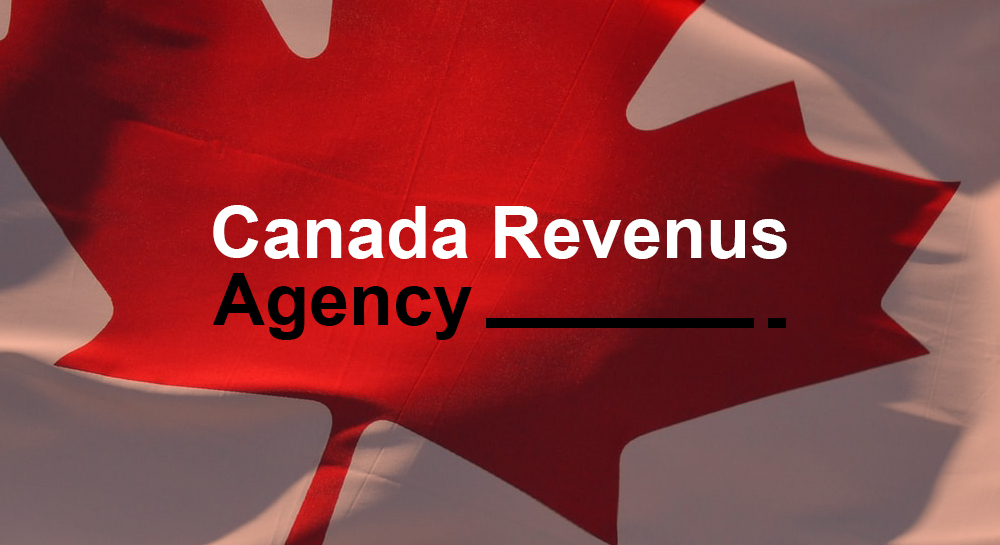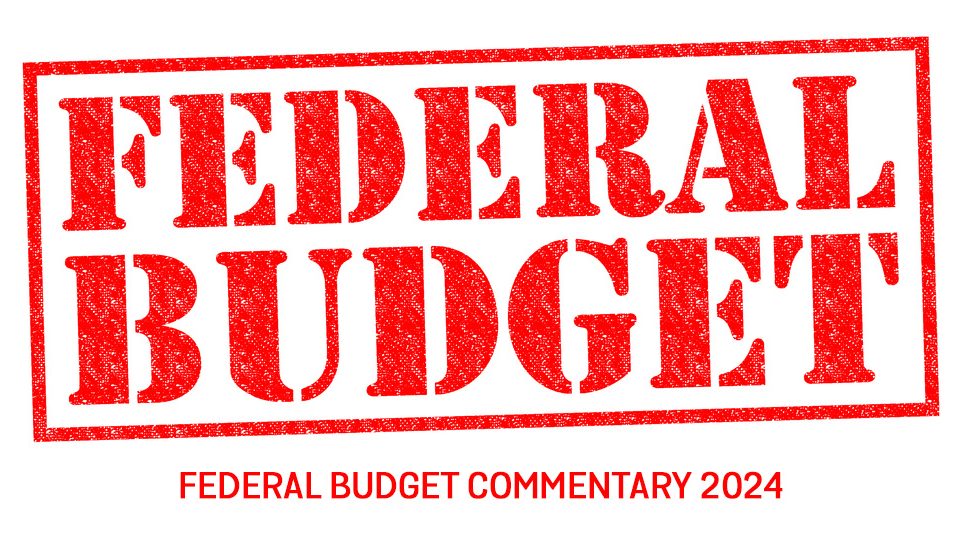
It’s about time for this crazy RRSP rule to change
February 26, 2022
What you need to know as the CRA cracks down on principal residence exemptions
March 21, 2022Inside a little-known tax ‘loophole’ experts say is helping rich Canadians avoid millions in taxes
The CRA has reassessed at least three companies, one owned by businessman Jim Balsillie. His lawyer said the company abided by Income Tax Act rules.
By the time the little-known Ontario company raked in millions of dollars from investment, it had moved from the buzzing heart of Toronto’s financial district to the white sand and turquoise bays of the British Virgin Islands.
It was not so much a change of scenery for the numbered company controlled by Canadian businessman Jim Balsillie.
The move made an alleged million-dollar tax benefit for the company — formally known as 2414250 Ontario Inc — something Canadian authorities are now seeking to reverse.
The tax saving was not a perk of the zero-tax regime of the Caribbean offshore haven, but a quirk of Canada’s own tax code, which experts say opens opportunities for wealthy Canadians to minimize substantial corporate income tax.
“I believe that many wealthy Canadians are using the scheme,” said Allan Lanthier, former adviser to both the Canada Revenue Agency and the Department of Finance. “I suspect that hundreds of millions of tax dollars are being avoided.”
Unlike tax evasion, which is unambiguously illegal, tax avoidance occurs when taxpayers reduce taxes in a way that is inconsistent with the overall spirit — but not necessarily the letter — of the law.
A lawyer for Balsillie, the former co-CEO of BlackBerry-maker Research In Motion, said his numbered company followed the rules of the Income Tax Act, and the CRA is asserting the company should pay the highest possible amount in taxes.
Here’s how the tax technique works:
In most provinces, individuals in the top income bracket can be taxed at a rate of more than 50 per cent. To prevent these individuals from using corporations to pay reduced taxes on passive income such as interest, dividends and capital gains, Canada applies a higher rate to passive income earned by private companies.
While passive income for a Canadian-controlled private corporation (CCPC) is subject to a tax rate of about 50 per cent, a non-CCPC is taxed at about half of that rate.
So, a company does what’s known as a continuance — allowing it to reincorporate in a new jurisdiction, where it will be governed by foreign corporate laws, becoming a non-CCPC.
The company operates out of Canada and is subject to taxes on its worldwide income. But its passive income will be taxed in Canada at the lower, non-CCPC rate.
“This BVI continuation technique exploits the anomaly between the taxation” of these two types of corporations, said Toronto tax lawyer David Rotfleisch.
The technique of shifting a private company’s status for tax purposes appears to have emerged as early as 2010, when one Toronto tax consultant described it as a having-your-cake-and-eating-it-too scenario.
By 2017, it was on the department of finance’s radar, with one government report warning that it must make sure its corporate tax system “does not leave avenues for tax avoidance open to certain types of corporations, at the expense of tax fairness.”
It appears the CRA only began cracking down in recent years.
Balsillie’s 2414250 Ontario Inc. is one of at least three separate corporations in court fighting reassessments of the sizable tax savings they achieved by continuing their companies to the British Virgin Islands.
All three companies were previously registered in Canada and continued into the B.V.I. shortly before pocketing hefty gains from passive income, according to the tax appeal documents.
First registered in Ontario on April 9, 2014 as a Canadian-controlled private corporation, 241 Ontario continued in the British Virgin Islands in October of the same year, becoming a non-CCPC.
Three months before the continuance, Balsillie and another company he owned transferred an unspecified amount of capital properties (which could be land, bonds, or shares, etc.) to 241 Ontario on a tax-deferred basis, according to the tax appeal documents.
In 2016 and 2017, the numbered company pulled in $5.6 million in taxable income from dividends, interest and capital gains and paid tax at the lower rate as a non-CCPC.
It would have paid about $1.2 million more in taxes as a CCPC, according to the CRA.
The CRA sought to recover the allegedly avoided tax in its 2020 reassessment, applying Canada’s general anti-avoidance rule (GAAR).
GAAR is a tool that allows the CRA to stop certain arrangements that it deems are inappropriate tax avoidance rather than acceptable tax planning. It’s been applied to fewer than 1,500 cases since it was introduced in 1988.
Colin Smith, one of the lawyers representing Balsillie’s company in its appeal, said the CRA “appears to be applying the general anti-avoidance rules to assert that a taxpayer should be taxed under the structure that results in the greatest amount of tax.”
“If the Canada Revenue Agency is concerned with this result, it would have been preferable for the agency to communicate that concern to taxpayers a decade ago and for Parliament to amend the Income Tax Act,” Smith said.
The tax reductions were a result of different tax treatments for CCPCs and non-CCPCs which “is specifically contemplated and provided for under the Income Tax Act and the tax implications have been clearly understood for well over a decade,” he noted.
In his reply to the company’s appeal, the attorney general states 241 Ontario’s “only purpose for continuing outside Canada was to avoid federal taxes applied to the passive investment income of CCPCs under the Income Tax Act.”
Balsillie’s company, the government alleges, “undermined rules in the (Income Tax Act) that prevent a CCPC from being treated as a personal savings bank by its individual shareholders.”
Lanthier, who provided tax planning services for more than 40 years, said the outcome of these appeals will have far-reaching implications for more cases involving the same technique which “are only starting to trickle in.”
In February, the Department of Finance proposed a new requirement that, if enacted, would require companies “manipulating CCPC status” for tax advantages to disclose the arrangements to the CRA.
“It will certainly cause many taxpayers to pause and reconsider the strategy. Unlike the audit lottery that normally applies, they now know that the transaction will be reviewed and almost certainly be challenged,” Lanthier said.
The CRA would not disclose how many companies have been reassessed for this tax strategy “in order to maintain the integrity of ongoing audits,” spokesperson Hannah Wardell said.
CRA statistics show Canada recovered $2.8 billion from abusive tax avoidance and aggressive tax planning in 2020-21.
But Wardell said details of financial impact as a result of this specific tax avoidance practice are unavailable.
241 Ontario is not Balsillie’s first company to have continued offshore.
The Ontario Business Registry shows Amolino Holdings Inc., a Guelph-registered company, was also reincorporated in the British Virgin Islands in 2012, the year when Balsillie left Research In Motion, which changed its name to BlackBerry.
Three years later, Amolino Holdings became the sole shareholder of 241 Ontario. Through Amolino Holdings, Balsillie controlled his shares in a publicly-traded company Magnet Forensics.
Smith, Balsillie’s lawyer, did not disclose the purpose of the continuance of Amolino Holdings, but noted “no profits have been, or will be, shifted outside of Canada.”
At least a dozen companies have employed the continuance technique to switch out of Canada over the past decade, the Star has found. Company records were included in the Pandora Papers, a massive leak of financial records obtained by the International Consortium of Investigative Journalists (ICIJ) and shared with the Toronto Star.
Among them were four companies owned by a York Region family who runs an amalgam of real estate and contracting companies based out of King City.
Weeks before Beswick Properties Inc. finalized its sale of a $86-million hospital building in Newmarket, it was continued, on paper, from rural Ontario into the British Virgin Islands.
The company would not comment on why it moved to the B.V.I.
“We follow the rules and pay our taxes,” David Beswick wrote in an email. “We are a private family and do not see the public interest in discussing our business or affairs in the media.”
Lanthier, the former CRA adviser, warned that the simple and relatively inexpensive process to continue a corporation into the British Virgin Islands could serve as an “open invitation” for more wealthy Canadians to take advantage of “this loophole” in Canada’s tax system.
Lanthier estimates that for as little as $10,000 in legal fees, a Canadian-controlled private corporation can continue into the BVI, becoming a non-CCPC.
The tax technique comes with a caveat: it’s not a permanent saving but a tax deferral. That is, the shareholders will eventually be taxed on the dividends received from these BVI firms, which may not happen for a long time.
“A lot of tax planning is all about deferral,” Rotfleisch said.
“If you could avoid paying taxes for 10 years, you have the benefit of 10 years of additional funds,” Rotfleisch said. “Those funds that would otherwise have gone to pay taxes are available for the beneficiaries to invest it, to use and to spend whatever they want to.”
As early as 2010, Michael Atlas, a Toronto-based independent tax consultant, presented a paper to the Ontario conference of the Canadian Tax Foundation about minimizing corporate taxes on investment income by giving up CCPC status. He called it a “cake and eat it” scenario.
Three years ago, Atlas posted on TaxCA.com that he’s observed increasingly more private corporations have switched offshore by continuing into the BVI for tax benefits before realizing a large capital gain. Atlas declined interview requests from Torstar.
Post Credit: The Globe and Mail By TIM CESTNICK SPECIAL TO THE GLOBE AND MAIL Published Feb. 25, 2022
(https://www.theglobeandmail.com/investing/personal-finance/taxes/article-its-about-time-for-this-crazy-rrsp-rule-to-change/)







